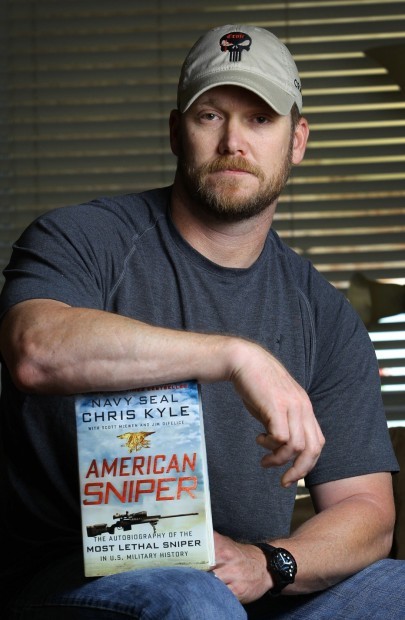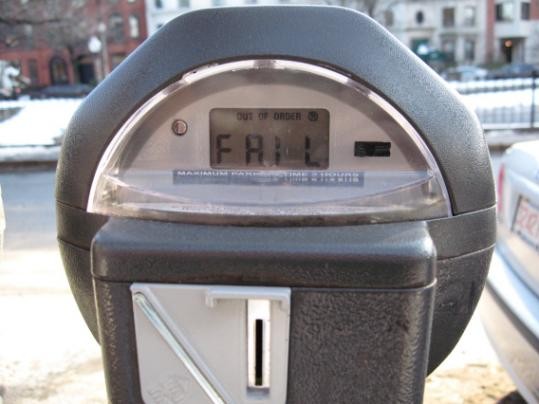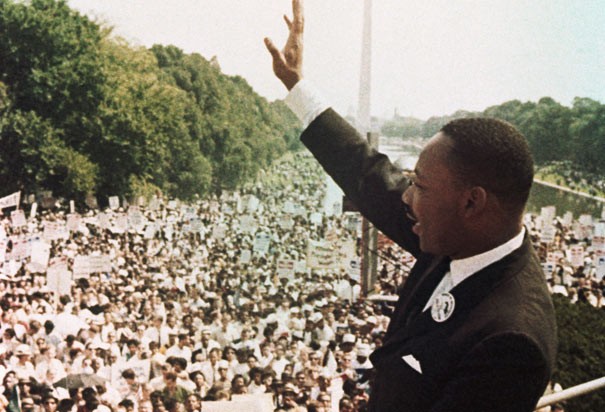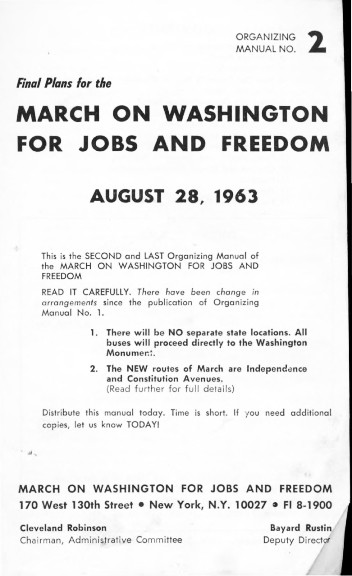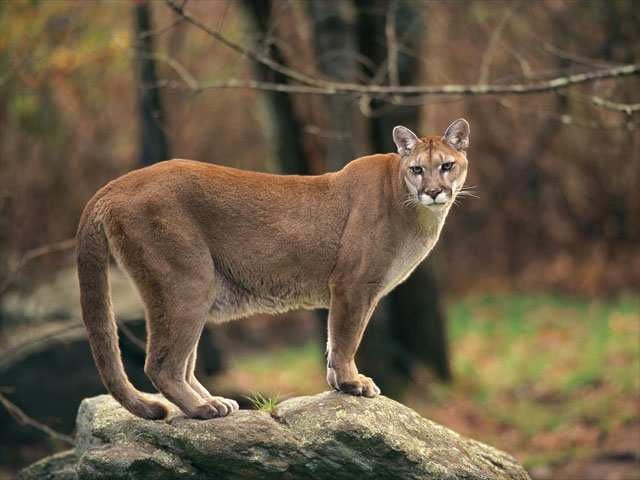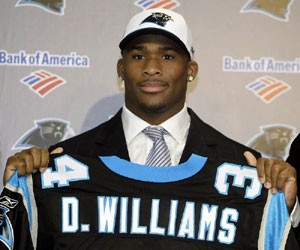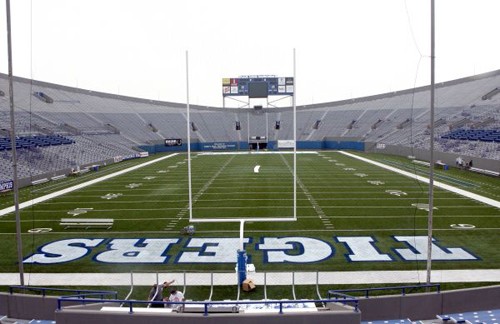One winner and one loser, which is about my usual batting average, from my weekly haul at the public library.
“American Gun” is well worth reading, whatever your views on gun control. Author Chris Kyle takes a gun-centric view of American history focusing on ten innovative firearms from the Kentucky long rifle to the M16. A brilliant idea, well executed, by telling the story of the gun’s invention and manufacture and then highlighting its game-changing importance in gunfights, battles, and wars.
History, not to mention folklore, might have been different, Kyle convincingly argues, if General George Armstrong Custer and his men had packed a couple of Gatling guns instead of single-shot 1873 Springfield carbines against the Indians’ Winchester repeaters at Little Big Horn; if Baby Face Nelson, John Dillinger, and Machine Gun Kelly (Memphian and Central High School product George Celino Barnes) hadn’t fallen in love with Thompson submachine guns; if 18th-century American sharpshooters had not killed key British generals with Kentucky rifles; and if GIs in World War II had not carried what General George Patton called “the greatest battle implement ever devised,” the M1 Garand rifle.
If you’re a gun lover, you’ll appreciate the mechanical details. If not, you’ll still love the stories about Wyatt Earp, the Texas Rangers, buffalo hunters, and Sgt. Alvin York. I’m in the latter category, although a scary incident involving my daughter and a mountain lion has me wishing I had known enough to school her in firearms before she moved to Montana and started hiking the backcountry.
Sadly, Kyle, a much-decorated former Navy SEAL, died earlier this year. Coauthor William Doyle completed the book.
I can’t say much for Bill O’Reilly’s “Keep It Pithy” from the dismal shelf of celebrity and self-improvement nonfiction books which all seem to somehow be “#1 New York Times Bestsellers.” I figured it would take a couple of hours to read it, but I plowed through its spare 142 pages in less than an hour. O’Reilly is an entertainer and shameless self-promoter who is never at a loss for words or certainty. Fair enough, Job 1 is to put on a show. This mini-book, however, a fair amount of which is recycled material from his columns and programs, is little more than a commercial and some quick bucks for O’Reilly and his publisher.
“I know that sometimes I come off as “all about me” he writes in conclusion. “But I think you know that’s not why I am in business. It’s about you.”
Bullshit.
There’s good pithy, which O’Reilly can be in his no-nonsense interviews, and there’s bad pithy, which O’Reilly can also dish out. At his worst is his “secular Ten Commandments” which purports to “expose” the “explicit agenda” of secular humanists and people who do not share his traditional views of organized religion. Look it up if you must. It is one thing to state your own pithy convictions, another to misstate the convictions of those who do not agree with you.
